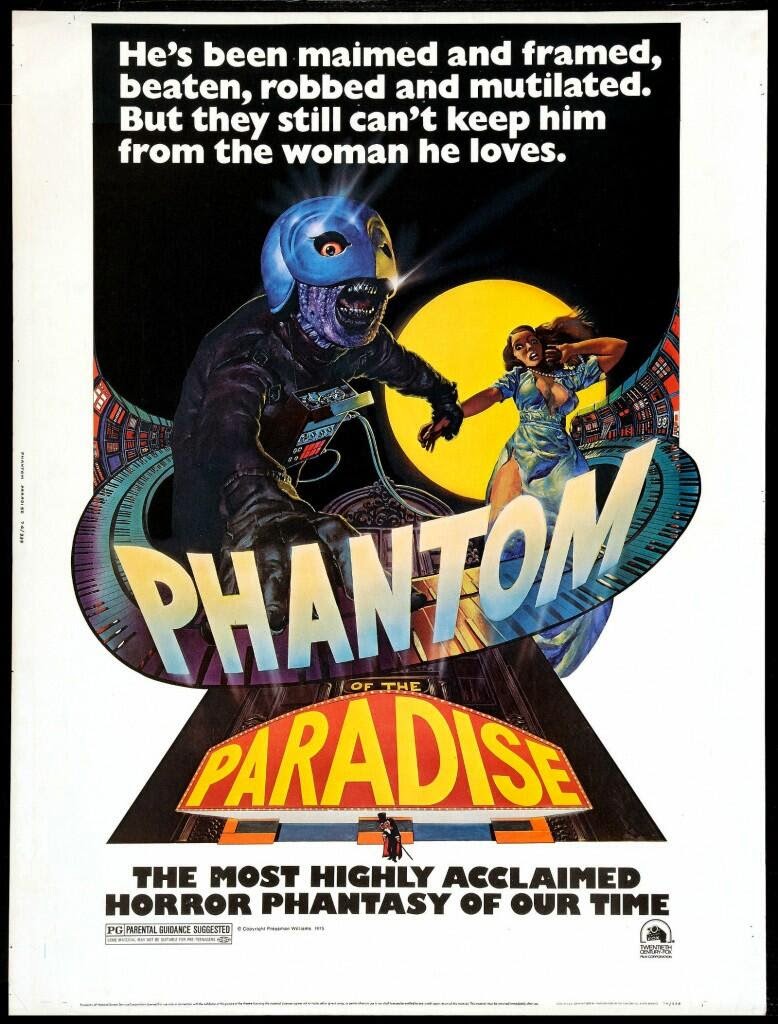Some notes, but no spoilers, on my favourite Tarantino film...
Crikey! I like the new film from that fellow, Quentin Tarantino. I know everyone and his brother is going to blog about it, but I'd like to add my own tuppenceworth. Saw the UK Premiere last week. Went in without so much as a clue what the deuce it was all about. Damned fine! Good to see he's not just been watching 70s and 80s exploitation movies, and seen some quality war films of the 1960s. Well-pronounced drama, dry comedy, selfless heroism... all punctuated by short savage bursts of graphic violence. Bravo!
Tarantino takes risks with the pacing, alternating action with drama, letting scenes run long, milking the suspense. There's constant danger that the characters will get caught by the Nazis, who will do to them what the Nazis did best...
Tarantino has encouraged inspired performances from the cast, serving them with dialogue that for once doesn't sound like they're channeling his trademark rants. The attention to detail in the script, of history and particularly European languages, puts many other American productions to shame. The totally 'borrowed' soundtrack is risk-taking but really enjoyable.
It also surprised me by being as much about cinema as it is about war. Besides being relevant to the story, there are many nostalgic reminders about oldschool film technology, like showing reel-changes in a projection booth, as well as tributes to many kings of early European cinema. I won't spoil the many amusing 'references' in the film, but would like to tell you of a couple of the oldest homages...
I was astonished to see G.W. Pabst getting name-checks. But it's only fitting considering that the director made two silent classics of pre-Nazi Germany, both starring American actress Louise Brooks. Two must-see silent classics - Pandora's Box and Diary of a Lost Girl (both 1929).
A detail in another scene is the French wartime thriller Le Corbeau (1943). A tense and clever thriller that showed that edgy, angry material could be produced even when the country was occupied by the enemy. The story is about the damaging effects of malicious gossip and paranoia on a small town. It's just as relevant today. Clouzot was known as the French Hitchcock and was even an influence. 'The Master of Suspense' certainly saw Clouzot's Les Diaboliques and wanted to make a thriller just as inventive and shocking - it turned out to be Psycho. Basterds also gets a Hitchcock film involved in the mix...
There's an earlier reference to the Jewish legend of the Golem. Don't hear much about him nowadays! My overview of this unusual European monster is here. The impressive silent movie version heavily influenced Universal Studio's first version of Frankenstein(1931).

Inglourious Basterds is funny, violent, but also a brutal drama about brutal people.
... and it's a delight to see Universal's seventies globe logo at the start of the film. A nostalgic reminder of how some of my favourite movies used to begin.








































